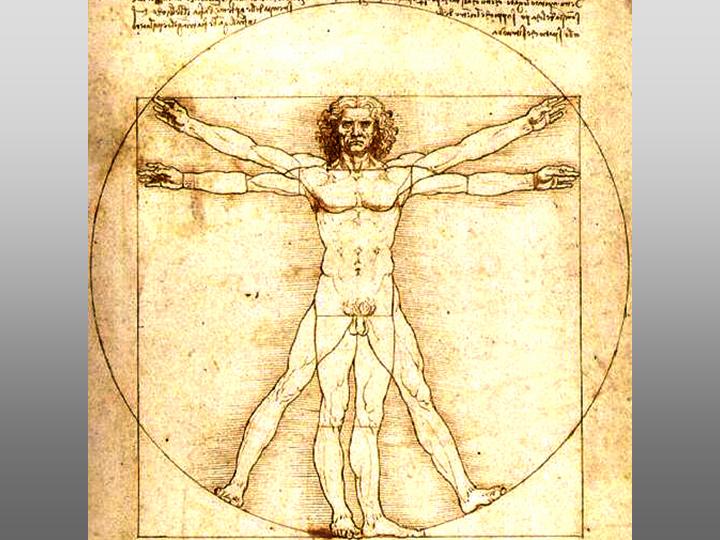
The chapter title "Recombinant Theater and Digital Resistance" seemed to comprise far too many topics to achieve true comprehension on behalf of the reader. I find that the analog vs. digital dialog however to be quite interesting. The author describes the "analog" as order produced by chaos and the "digital" as order produced by order. The author strives to relate the digital back to the human body by analyzing the visual structure of DNA. Information for the creation and replication of cells in the body is stored in genes that operate using a genetic code. Cells are created via genetic transcription in which the transferring of information (or code) takes place. The parallels to computer technology (mainly code) are unquestionable. DNA would of course correlate with the author's idea of the digital, or order from order. I question the notion of order from order and argue that DNA as well as computer code operates using simply a different kind of "order" and that order and chaos are actually synonymous and indiscernible. The states of order and chaos are dependent on one another for existence in the physical, or even metaphysical world. It is a highly philosophical topic not dissimilar to the idea of "good" and "evil" which also exist in a co-dependent relationship. The author makes an argument for the digital and creates (in my opinion) a hierarchy between the analog and the digital. The analog is relatable to the "hand" or the artist, while the digital is posited as the manifestation of perfection, not unlike the work of a metaphysical grand creator. The digital is mechanical, and repetitious while the analog is unique and prone to flaw. However, the author pointedly examines the correlative relationship the analog and the digital have with class identifications in society.
We as a society have an interesting relationship and understanding of the analog and the digital. I began to ask myself whether I am a digital artist or an analog artist. I have to say that I am without doubt an analog artist. I appreciate the imperfections in my work and the feeling of my supplies on my hands. Flaws can be beautiful and unexpectedly delightful. The flaws or even grand mistakes are often the very things that lead to break-throughs and necessary transitions. The author points out that people in general appreciate hand made goods such as fine embroidered cloth and hand carved wood details. One of a kind pieces are priceless and art as well as well as haute couture clothing are no exception. Our perceptions of goods and products vary vastly from our perceptions of people and class. When I tell people I am an art major, they ask how I plan to earn a living. Fed up with this response, I once told an elderly gentleman I was a biochemical engineering major. His eyebrows lifted and he nodded, obviously impressed. Feudal society is an excellent example of how we have modeled our understanding of class and work ethic. Those who worked with their hands to make goods were viewed with slightly more regard than peasants, who worked the land. Those who studied law, science, and philosophy were viewed as intellectuals and far removed from the world of earthly sin. The philosopher Plato would argue for the digital as his view of aesthetics was highly antagonistic. Plato suggested that the contributing of art was logically flawed and did nothing for the bettering of our understanding of the world. Art is highly subjective and dependent on the senses for perception. The senses, which naturally vary from person to person, are inconsistent as transcribing mechanisms and thus also flawed. Plato was concerned with the "real" and how can art be truly "real" if the perception of an art piece varies so wildly from person to person. It is not fixed in the world like numbers and scientific facts. It is free floating, and thus dangerous. How can we understand something that doesn't exist?
The digital is capable of mass production, free of variation or flaw. Art created digitally, out of ones and zeros, would be created using the pattern of order from order. I wonder if this artwork, being fixed and somehow concrete, would pass into the world of the logical, a world inhabited by Plato. Would the artist of a digitally created work of art somehow be regarded as an intellectual and not a "craftsman?" Am I regarded as a craftsman (a term we artists seem to shudder at) or simply a person who makes things? There has been resistance to digital art within the world of fine art simply because of the lack of hand, the lack of human touch or essentially flaw. I mean, afterall, who are these "intellectuals" high on their totem poll, who have invaded my turf? Artists have spent centuries climbing their way out of the mud and striving to put to rest the term "starving artist" and the looming guise of the academy. I wonder, finally, are class and value strongly relatable to the terms "analog" and "digital?" If so, how will the digital affect our society's understanding of the working artist? Do we make class distinctions between digital artists and analog artists? If so, is this reflective in the art market (digital art often resisting the idea of commodity since there is often no physical "object" for sale). This reading brought about a lot of questions I have about our society's construction of ideals and class distinctions as they relate to the production and consumption of goods, and ultimately art.
No comments:
Post a Comment